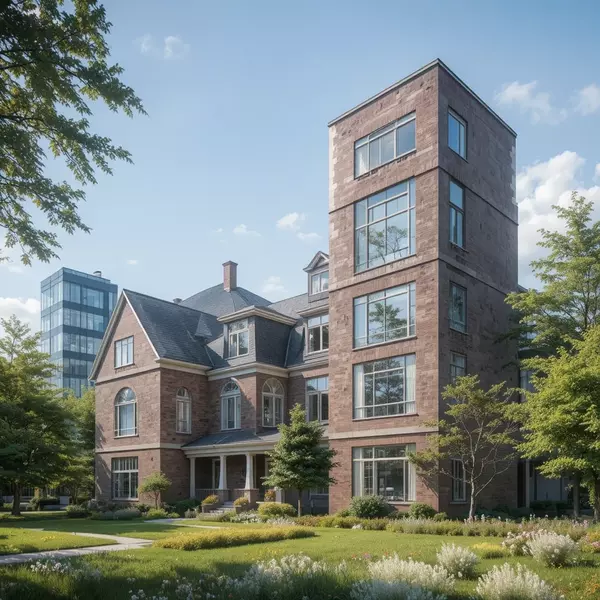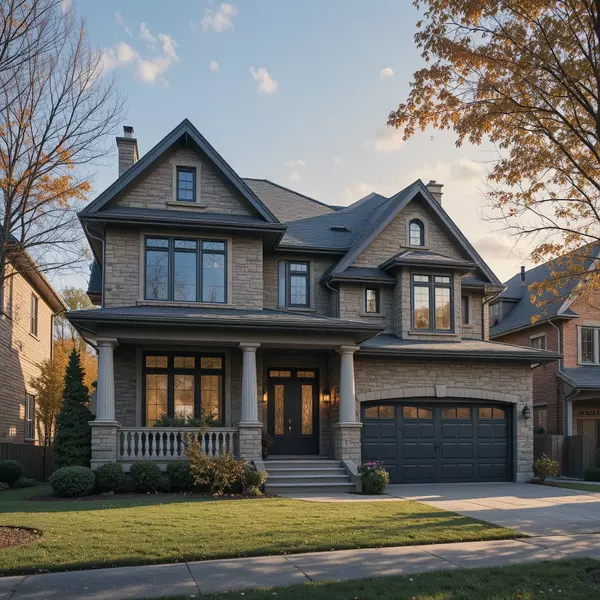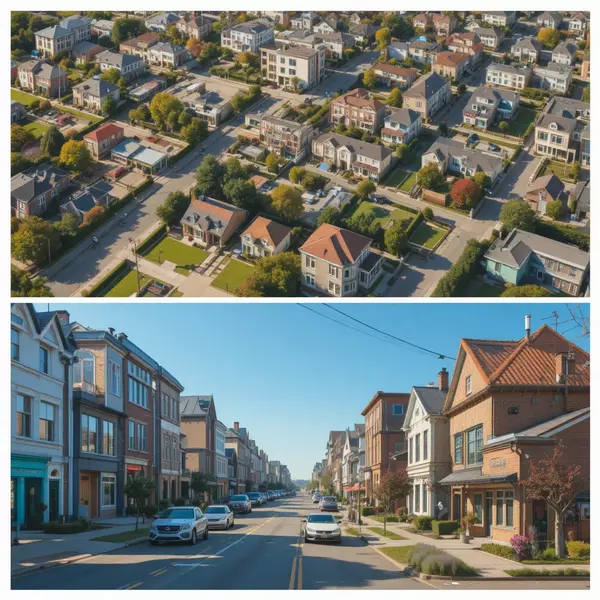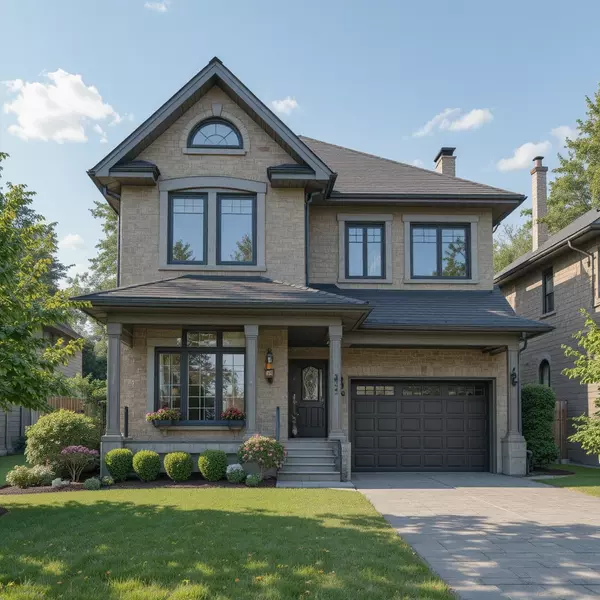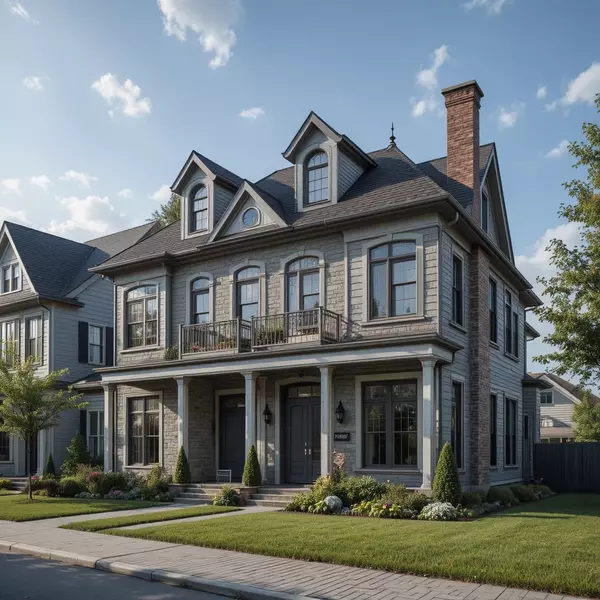How Interest Rates Impact Real Estate Investments


Interest rates are arguably the single most important macroeconomic factor influencing real estate investment decisions. They represent the cost of borrowing capital, and since most real estate acquisitions are financed through debt, changes in these rates directly translate into shifts in profitability and market dynamics. When central banks adjust their benchmark rates, the housing and commercial mortgage markets respond almost immediately, fundamentally altering the calculus for both homebuyers and seasoned investors. Understanding this relationship is crucial, as it dictates strategy in terms of timing, financing structure, and property type selection.
The most direct and immediate impact of rising interest rates is the decrease in affordability and subsequent erosion of buyer demand. An increase in the mortgage rate, even by a single percentage point, can significantly raise the monthly payment on a fixed loan, pricing out a large segment of potential buyers. This reduced purchasing power translates into lower demand, which in turn cools the fierce competition seen in low-rate environments. For investors, this means the opportunity for rapid price appreciation slows, and they must prioritize properties that offer robust, immediate cash flow rather than relying on future capital gains.
For income-producing properties, such as apartment buildings or commercial spaces, interest rates heavily influence valuation through capitalization rates (cap rates). The cap rate is the ratio of a property's Net Operating Income (NOI) to its current market value. When the cost of debt (the interest rate) rises, investors demand a higher return on their capital to justify the risk, leading to an expansion of cap rates. Since property value is inversely proportional to the cap rate, higher interest rates typically lead to lower valuations for the same level of income, making debt-funded purchases less appealing and often requiring sellers to drop their asking prices.
The rental market, however, experiences a complex, often counter-intuitive dynamic. As rising mortgage rates sideline potential first-time homebuyers, those individuals must remain in the rental pool, thereby increasing overall demand for leased housing. This heightened demand gives landlords leverage to raise rents, potentially boosting the property's Net Operating Income (NOI). Therefore, while a high-rate environment suppresses property values, it can simultaneously strengthen rental income streams, making long-term rental property ownership appealing, provided the investor can secure profitable financing terms.
Existing real estate investors with variable-rate mortgages face immediate pressure when rates rise, as their debt service payments increase, potentially jeopardizing the property’s cash flow position and Debt Service Coverage Ratio (DSCR). Conversely, a high-rate environment can be a strategic time for investors with large amounts of cash or equity. They can pursue opportunities that were previously unattainable, purchasing undervalued assets from owners who are forced to sell due to refinancing woes or simply because higher borrowing costs have made holding the property unprofitable.
In conclusion, interest rate movements compel real estate investors to be flexible and strategic. Low-rate environments favor leveraging debt to maximize appreciation and rapid portfolio growth, often rewarding a higher risk tolerance. High-rate environments, conversely, demand a conservative, disciplined approach focused on strong fundamentals: purchasing properties with high cash flow margins, maintaining low vacancy rates, and securing long-term fixed-rate debt to lock in stability. Successful wealth creation in real estate depends entirely on adjusting one's investment compass to navigate the prevailing economic tide.
Categories
Recent Posts
